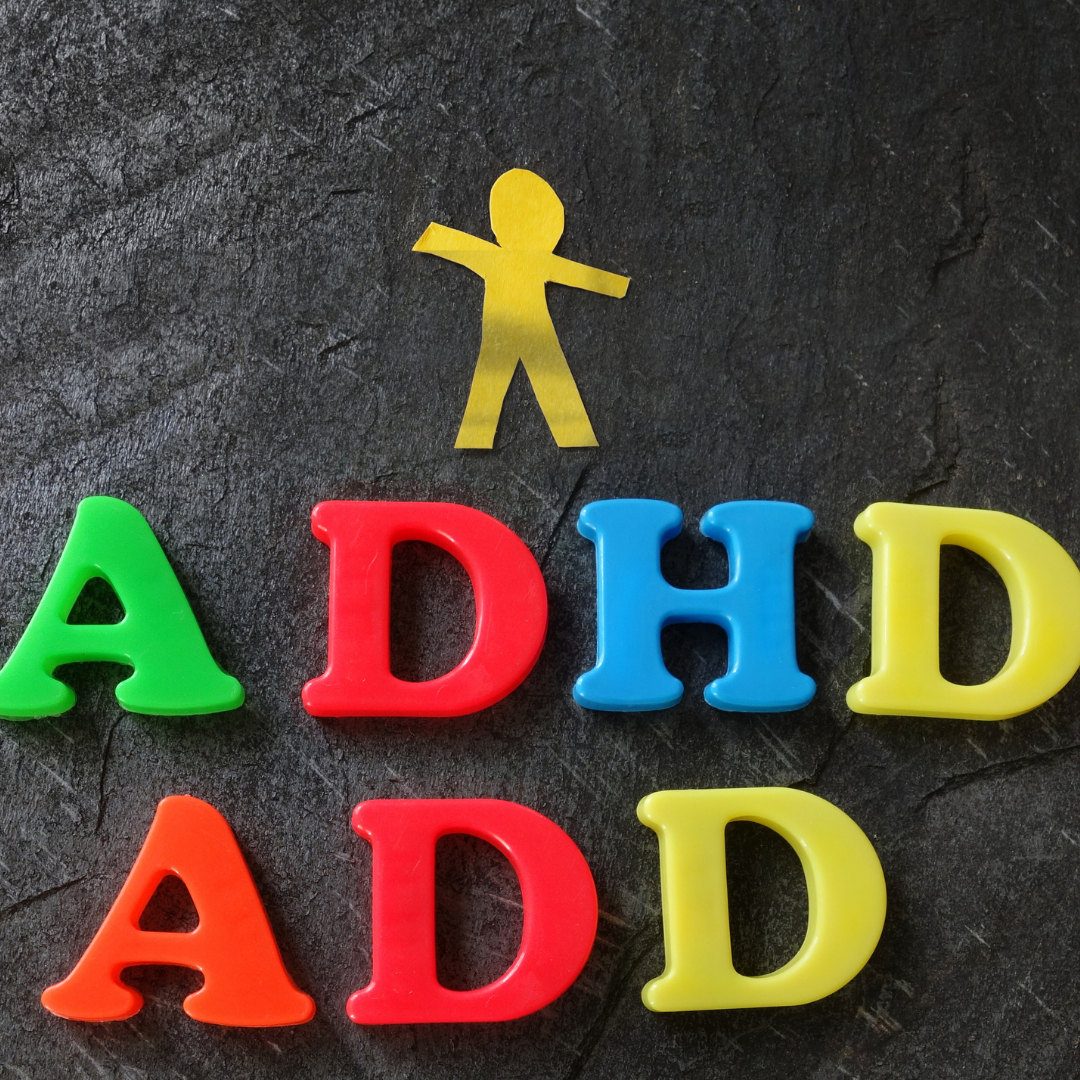ADD vs. ADHD: What’s the Difference?
As the name suggests, ADD stands for Attention Deficit Disorder, and it’s a type of behavior disorder. It is an umbrella term used to describe a group of behavioral problems that typically affect children but can also appear in adults. In most cases, ADD is characterized by a personality and behavior style that causes problems in school, home, and social situations. But what’s the difference between Attention Deficit Disorder and Attention Deficit Hyperactivity Disorder, or ADHD?
What is ADHD?
ADHD (attention deficit hyperactivity disorder) is a neurological disorder that makes it difficult to focus, have difficulty paying attention, and control impulsive behavior. ADHD is one of the most misunderstood disorders in the world today. Sufferers often feel misunderstood by friends and family members alike. Many do not understand the symptoms and are sometimes too embarrassed to admit that they struggle with the disorder. What many do not seem to realize is that ADHD is a complex disorder with various symptoms that can manifest themselves differently for different people.
ADHD is a condition that affects how you process information and react to your surroundings. People with ADHD may move too quickly or not move quickly enough. They may be unable to focus or are easily distracted by things around them. They may talk too much or not talk enough, or talk too loudly or too quietly. They may have trouble staying organized.
ADHD is also a common childhood problem. It can cause learning problems, social challenges, behavior problems and can disrupt the ability to experience joy in everyday life. The good news is that ADHD can be treated.
It is a learning disorder, which means that it affects a child’s ability to learn by concentrating and paying attention. This is due to the failure of the brain to process the information it has to learn so that the child can store it in their memory. While there is no cure, many options help children cope with ADHD and live a happy healthy life. Approximately 7-9% of children receive a diagnosis of ADHD, and this number rises to approximately 2-3% of adults.
ADHD or Attention Deficit Hyperactivity Disorder is a neurological disorder. Though it was not formally recognized as a psychological disorder until 1940, ADHD has been around since at least the early 20th century, when it was called “Minimal Brain Damage.”
What is ADD?
ADD stands for Attention Deficit Disorder. It is a type of learning disorder that affects children and adults. This is characterized by hyperactivity and lack of attention. Hyperactivity is usually associated with the condition, but it can also affect children who are not hyperactive.
The average person has heard about Attention Deficit Disorder (ADD), but few people understand it. It’s a disorder that affects at least 6.5 million people in the United States. It’s a brain disorder that can affect children during their formative years and have a long-term impact on their adult lives. It is mainly caused by anxiety, stress, or traumatic events.
People with ADD may find it hard to sit still, or they may feel emotionally overwhelmed, particularly when they expect to be able to get things accomplished. ADD occurs in a variety of ways. It can be diagnosed if the symptoms interfere with school, work, or social activities.
Attention Deficit Disorder (ADD) is a diagnosable mental disorder marked by the inability to focus on a task or to keep attention to it for any period. They may spend too much time on the computer or not pay attention when they are working. ADD is more common than you think. This is especially true among those who are teenagers, children, or adults.
The difference:
Now, what about the differences between these two conditions? Attention deficit disorder (ADD) is a common disorder that affects many people. It can be characterized by poor attention span, excessive activity level, and inability to focus. On the other hand, attention deficit hyperactivity disorder (ADHD) is a medical disorder. Some of the condition’s characteristics include an insistent pattern of hyperactivity-impulsivity and/or inattention that seems to cause significant impairment.





